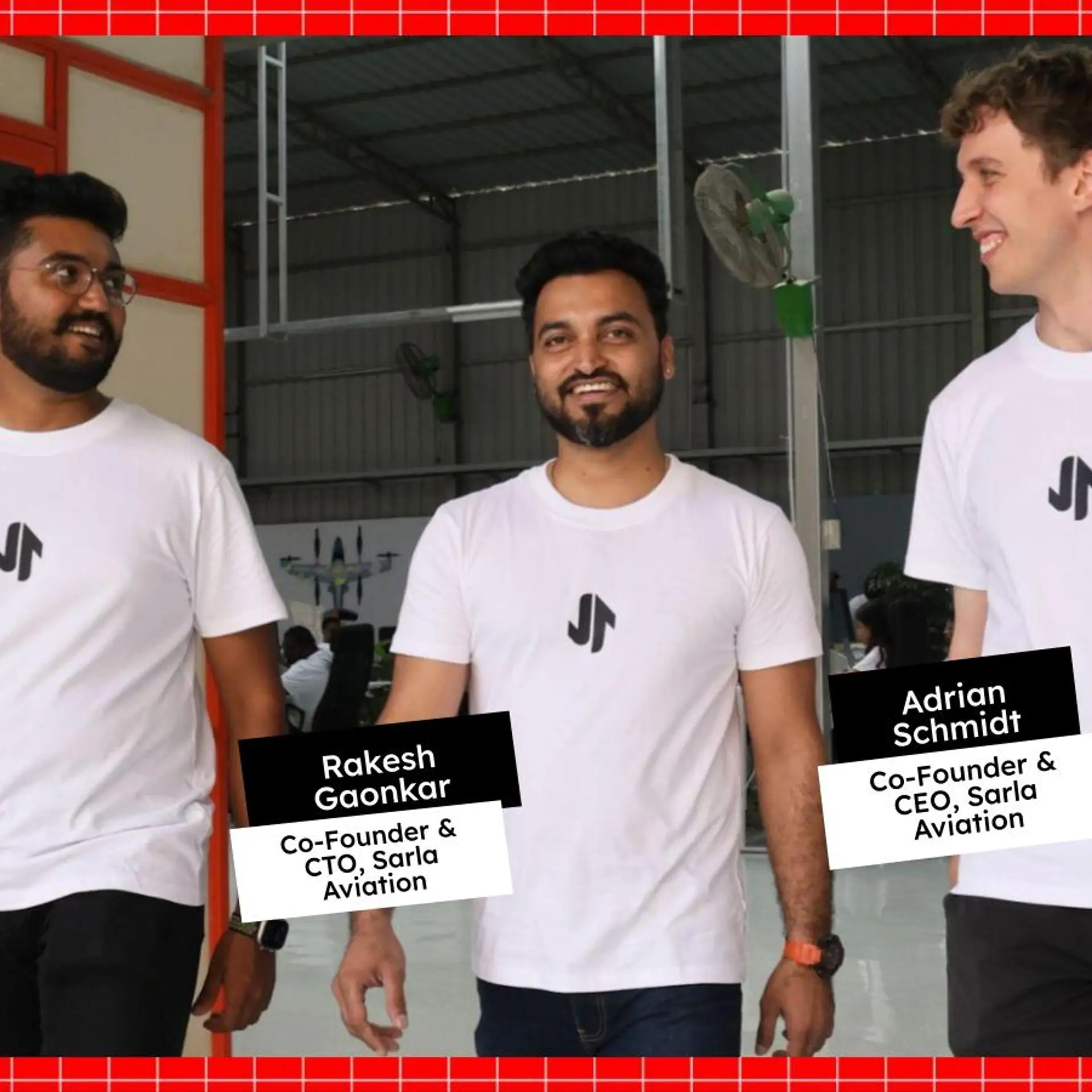Indian startups are creative and bustling with energy, says Oyvind Roti of Google Cloud
The cloud has emerged as the de-facto technology standard today, where it works like a plug-and-play environment for companies to get their businesses started. Google Cloud is one of the major players providing this service, and is deep-rooted in the Indian market.
Oyvind Roti, who leads Google's team of cloud architects in APAC and Japan, in an interview with YourStory, says he is enthused to see the energy and innovation of Indian startups who aspire to be global players, driven by their technology platform.
Edited Excerpts:
YourStory: Can you provide a broad overview of cloud technologies today?
Oyvind Roti: Today, the big change we see is the cloud itself, and at Google, we are looking at it in three different waves. The first wave is of consolidating and centralising the data centres. The second wave is infrastructure as a service, which is like lift and shift work.
The third wave is where Google thinks the world is going to be in the medium to long-term. We have created a technology to scale and remove the hassle of learning about IT infrastructure, operating system, and networking for the developer. So, the developer’s goal is to focus on business logic, building applications, and not to focus on computer infrastructure. Our philosophy over the years with Google Cloud has been that developers should not worry about the underlying infrastructure, operating system and so forth.

YS: How are startups and enterprises engaged with Google cloud?
OR: It is now a lot easier for startups to make new applications from scratch. It is much easier to jump on to the bandwagon, and some companies go straight to the third wave. But others, especially the large companies, go through the first two stages. It is still early days in India, which is a big and potential market for us. The timing is good as the cloud adoption is still low.
YS: What is your view on the startup ecosystem in India?
OR: One of the reasons I really like coming to India is because we see startups bustling with energy, and they are very creative. It is the spirit of trying to do something to come out with products. We are working very closely with the startup ecosystem here. There are certain companies here that have set the exemplary bar for the startup community.
YS: How is Google cloud helping Indian startups target global markets?
OR: I feel many startups are targeting the global market, but it may not be the first step for them. They must target a single market first, and then expand. From a Google cloud perspective, the technology platform allows these startups to pitch on a global scale, and there are many success stories we see today. It is also possible the success will really encourage other people to try. I will not be surprised to see more number of startups that will have a global impact.
I always marvel at the entrepreneurs who build solutions for a large scale using Google cloud. A company, just by running on Google cloud, automatically runs on the Google network. This is a network where we run our own fiber channel.
YS: Are startups scaling up through Google cloud?
OR: Yes. Startups are taking advantage of Google’s cutting-edge technologies. There is a lot of innovation happening in the startup space. Now they are able to scale both on their product development, as well as customer experience.
YS: What transformation is machine learning (ML) bringing?
OR: Machine Learning has already started transforming inside Google, and has been running in the products for many years now. We are extending and exposing those as managed services now. It is simpler to use machine learning for small data sets. But Google’s TensorFlow technology allows you to do large scale distributed ML. This area is very big.
The other thing we see in ML is the adoption of internet of things (IoT), which generates a lot of data. The question is how you process that data quickly and accurately. Perhaps more importantly, how do you clean up and structure it in a way so that one can get actionable insights. We feel cloud, machine learning, and IoT are the broad and important technologies today.
YS: What kind of problems is ML solving?
OR: Machine Learning is being used more to aid and solve hard problems, which could not be easily solved earlier. The interesting thing about ML is they use cases and areas where it can be used vast and wide. The big difference that has happened over the last four to five years is the focus on using machine learning to study unstructured data, text and videos. There is a lot more processing power available from ML, which enables somebody to get more insight to the data they have. I see a lot of companies, especially the startup community, trying to solve big challenges through ML.
YS: How are customers migrating to Google cloud?
OR: At Google, we always believe to start with the user, and everything else will follow. We partner with our customers and understand what they are trying to do to see how we can bring the best of Google. Enterprises are learning from fast-moving startups on how they can be more agile and change faster, and startups are also trying to learn from enterprises. We work with both, which is very exciting, but have different challenges.
YS: What challenge do you see in the Indian market?
OR: My personal challenge is the problem of finding enough people with right skill sets that match our requirements. This is not just in India but also globally, and that is the biggest challenge, particularly in areas like Machine Learning, distributed system, etc. There are so many companies looking for great talent in that area, and quite often, customers and partners ask me how to find great talent. What we recommend is that they should look at building these skills within the organisation.







